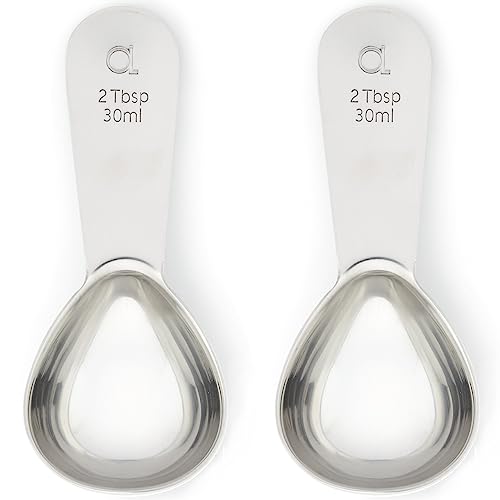Falling Back: Time Change Happens November 3
The hours of daylight have gradually been getting shorter in recent weeks. And coming up this Sunday, daylight saving time ends. Don’t forget to set those clocks back an hour before heading to bed on Saturday night and enjoy an extra hour of sleep.
Daylight Saving Time
Daylight saving time refers to the time between March and November when most of the United States adjusts their clocks to make the most of the daylight hours. In the spring, we “spring forward,” losing an hour, but gaining more daylight in the evenings. This change occurs on the second Sunday in March.
In the fall, we “fall back,” gaining an hour back, and more daylight in the mornings. This change happens on the first Sunday in November.
In 2024, daylight saving time began on Sunday, March 20, when clocks were set ahead one hour. And coming up on Sunday, November 3, we’ll move those clocks back an hour. Manual clocks will need to be adjusted, but most digital devices, like computers and cell phones, will automatically change at 2 a.m. on Sunday.
Some have pushed to put an end to daylight saving time. The issue was brought before Congress, but in 2022, the U.S. Senate approved the Sunshine Protection Act, a bill to make daylight saving time permanent. Despite unanimous approval in the Senate, the U.S. House of Representatives did not pass it and President Joe Biden did not sign it. Another version was presented in 2023 and remained idle in Congress.
While most of the United States participates in daylight saving time, Hawaii and Arizona do not. Arizona opted out of participating, seeing no reason to adjust clocks that would mean sunset occurred later during the hottest months of the year in their desert climate. For Hawaii, being close to the equator, daylight hours do not vary much throughout the year.
Health Effects During Time Change
According to ABC News, some health experts believe the time change affects the body’s natural day-to-night rhythms. In fact, there has been some correlation associated with time change and the increase of heart attacks, strokes, abnormal heart rhythms, sleep disruption, mood disturbance, and more.
Steps can be made to acclimate to the time change. This includes gradually adjusting your bedtime to prepare. Napping can help with any fatigue, but it’s best to limit naps to 30 minutes before 3 p.m. according to ABC News medical contributor Dr. Darien Sutton. Another recommendation is to increase sunlight exposure during daylight hours, particularly in the morning. And as most sleep specialists would recommend: limit your intake of alcohol and caffeine.
Overall, the fall time change is a bit more welcomed, especially when it means we get an extra hour of sleep. So take advantage of the extra hour to get some extra rest, or maybe use the extra time for some fun this weekend.
Things To Do For Daylight Saving Time
In addition to possibly enjoying that extra hour of sleep, daylight saving time can serve as a reminder to check on a few things around the house. These are typically things that only need attention once or twice a year, and using daylight saving time as a marker, you’re more likely to remember to check them.
- Smoke detectors – Many people use this time to test the smoke detectors and carbon monoxide detectors in their homes. Ensure each device works properly and replace batteries if needed.
- Bedding check – To keep your mattress from wearing too much in one spot, daylight saving time is a good time to flip your mattress (or rotate it, depending on the type of mattress). It’s also a good time to wash your pillows to rid them of oils, dead skin, and dust mites.
- Clean out the cabinets – This time of year is good to check in your pantry and cabinets for any expired foods. It’s also good to check your medicine cabinet and get rid of anything that’s out of date.
- Clean filters – Check your air filters to keep your unit running properly. Also, check the filter in your fridge and vacuum.
- Check your dryer vent – Lint gets embedded in our dryer vent and ducts. Use this time to clean the vent pipes, behind the dryer, and outside ducts.












